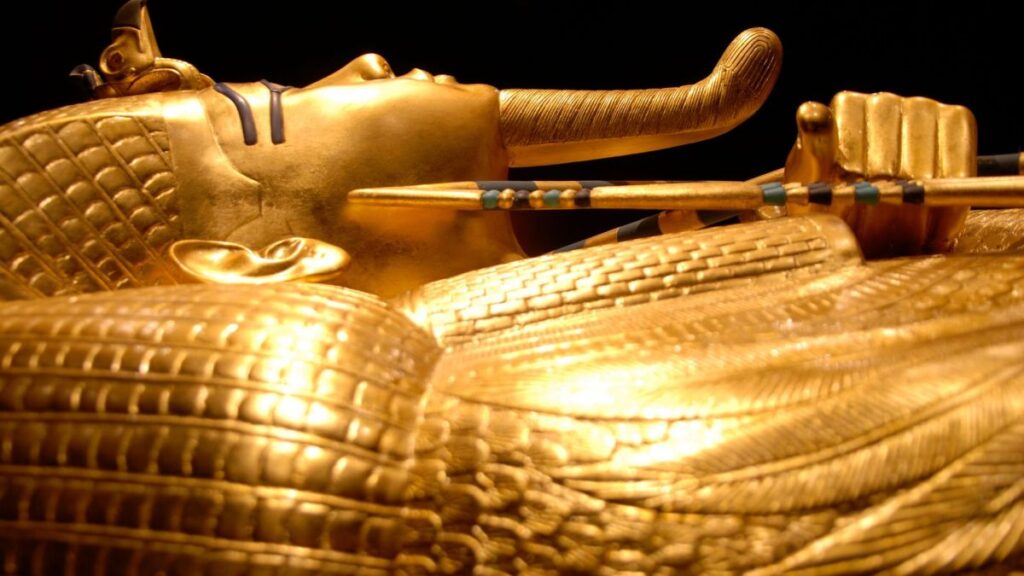The Tale of King Tut's Tomb
Delve into the life and legacy of one of history’s most famous pharaohs by examining the history, significance, and treasures of this iconic archaeological discovery
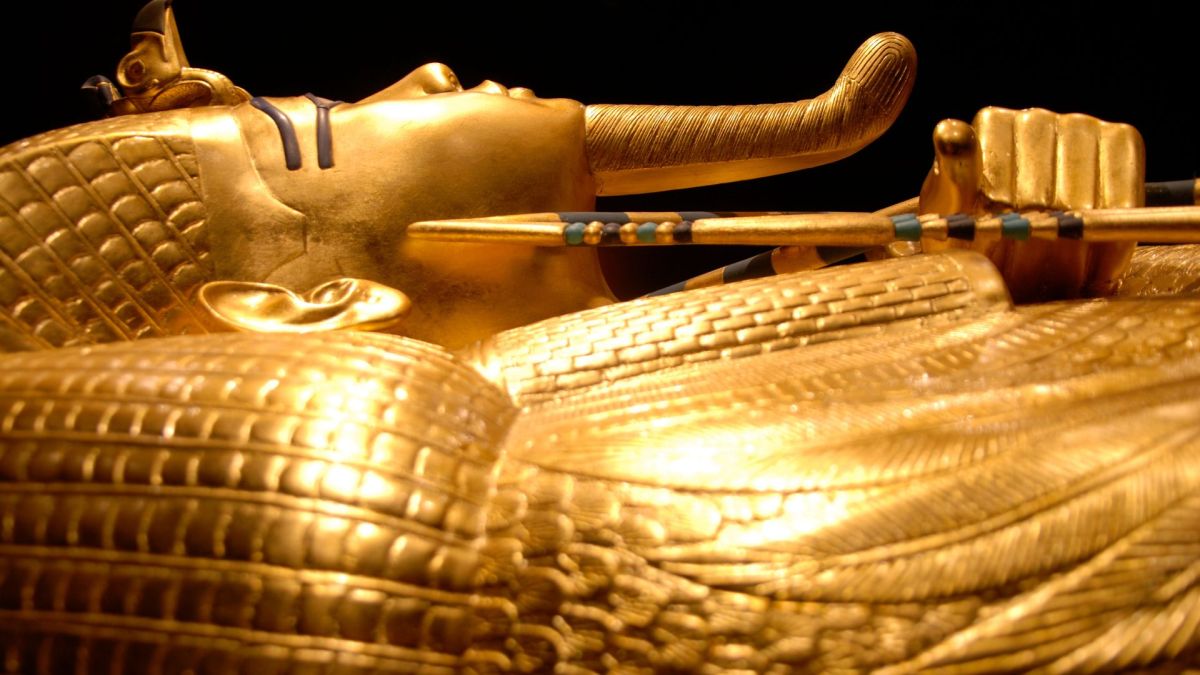
The unearthing of King Tut’s tomb and its accompanying objects in 1922 carried out by Howard Carter has fascinated individuals for almost one hundred years. In addition to being a burial chamber, it represented a valuable collection of items, providing insights into the daily routines and eras of the Egyptian ruler. This discovery ignited a keen interest in the field of Egyptology and the prosperous era of the pharaohs. Although King Tut’s lifespan was brief, his sepulcher was stocked with remarkable riches that elevated him to become one of the renowned pharaohs from the ancient civilization of Egypt.
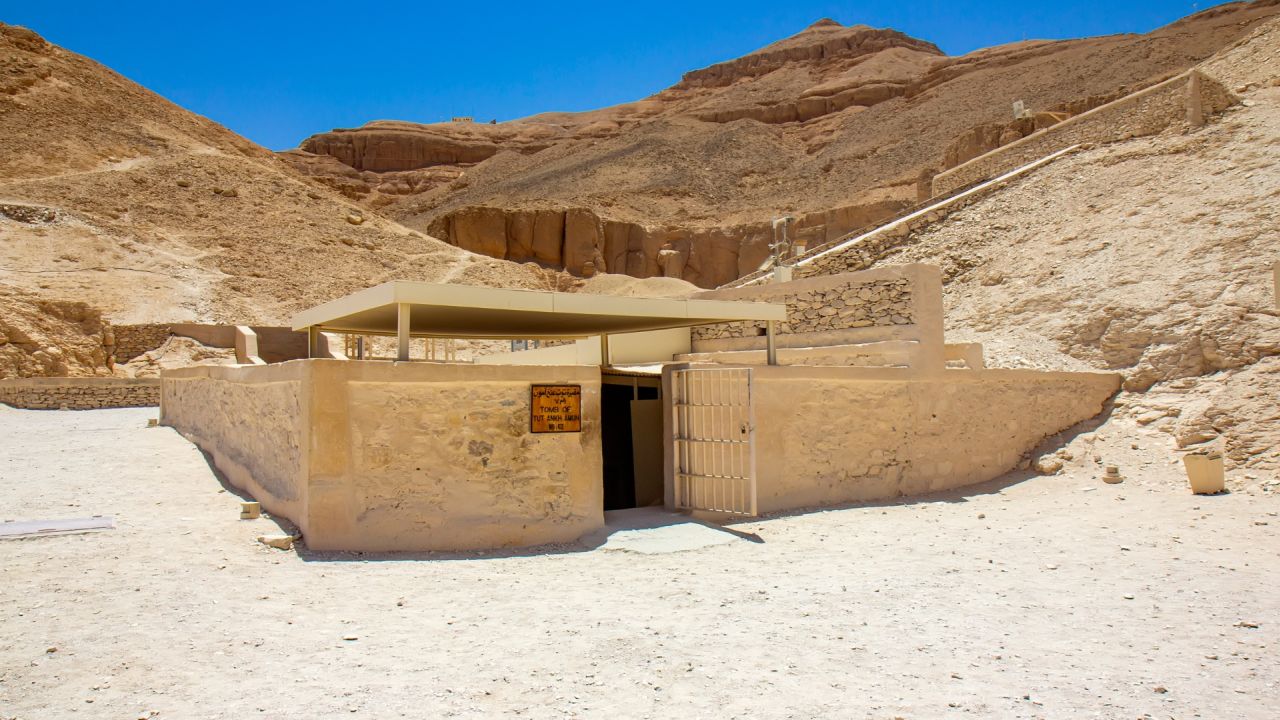
A world-captivating discovery
In the Valley of the Kings, a significant archaeological discovery was made by the British archaeologist Howard Carter in 1922. Through meticulous excavations and unwavering patience, Carter revealed a tomb that had been untouched for more than 3,000 years. Unaware of the magnitude of what awaited him, Carter stumbled upon one of the most important archaeological findings in history.
Upon cautiously entering the tomb with his team, a plethora of exquisite artifacts was unveiled, each carrying profound historical value and beauty. Elaborate paintings portraying ancient Egyptian mythology adorned the walls, while within the burial chamber, golden coffins safeguarded the mummified remains of the youthful pharaoh.
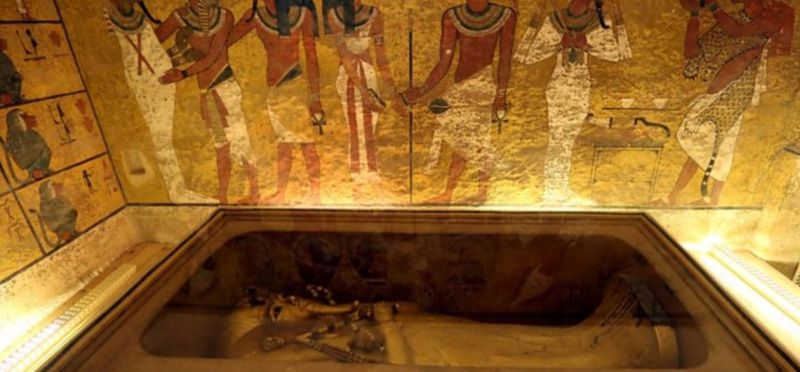
The treasures unearthed
Upon unveiling the ancient tomb, archaeologists were met with an astonishing spectacle – a treasure trove brimming with opulence and beauty beyond imagination. King Tutankhamun’s tomb revealed a peek into the extravagant wealth and lavish lifestyle of ancient Egypt.
Abundant within the tomb was the precious metal gold, revered as the divine metal. Most striking was the golden funerary mask, weighing a hefty 24 pounds, embellishing the youthful pharaoh’s visage with lapis lazuli and vivid glass accents. This stunning masterpiece exemplifies the remarkable artistry of Egyptian craftsmen of old.
However, the golden mask was merely the tip of the iceberg. The chamber overflowed with a variety of intricate jewelry – from bracelets to rings and necklaces – all crafted with exquisite materials and bedecked with valuable gemstones. The meticulous arrangement of precious amethyst, turquoise, carnelian, and obsidian fashioned striking adornments befitting royalty.
The tomb’s walls were adorned with vibrant paintings and hieroglyphs portraying scenes of the afterlife and King Tut’s journey. These vivid colors and intricate depictions transport viewers to a bygone era, shedding light on the ancient Egyptians’ beliefs and customs.
Beyond the dazzling jewelry and artwork, the tomb also contained a vast array of furniture, chariots, and even a ceremonial vessel. These relics stand as a testament to the opulent lives led by the pharaohs and their deep-seated belief in elaborate burials.
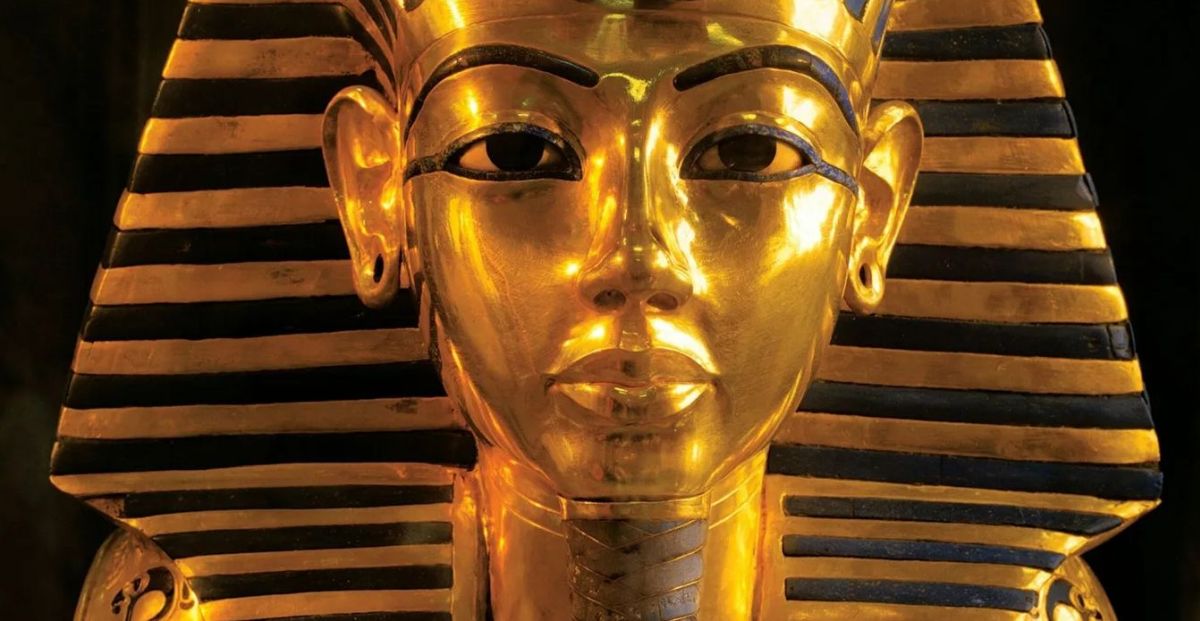
Tutankhamun’s life and rule
King Tutankhamun, nicknamed King Tut, emerged as one of the most fascinating pharaohs of ancient Egypt. He was born approximately in 1341 BC and took the throne at a tender age, either nine or ten years old. His reign, albeit brief, lasted until he met an early demise at the age of 18 or 19.
Throughout his rule, King Tut displayed notable efforts in restoring stability and religious unity in Egypt. He undid the controversial religious changes initiated by his predecessor, his father Akhenaten, who had shifted the focus towards the worship of a single deity, Aten. Instead, King Tut revived the traditional Egyptian gods, placing Amun-Ra as the supreme deity, and reinforced the influence of the priesthood.
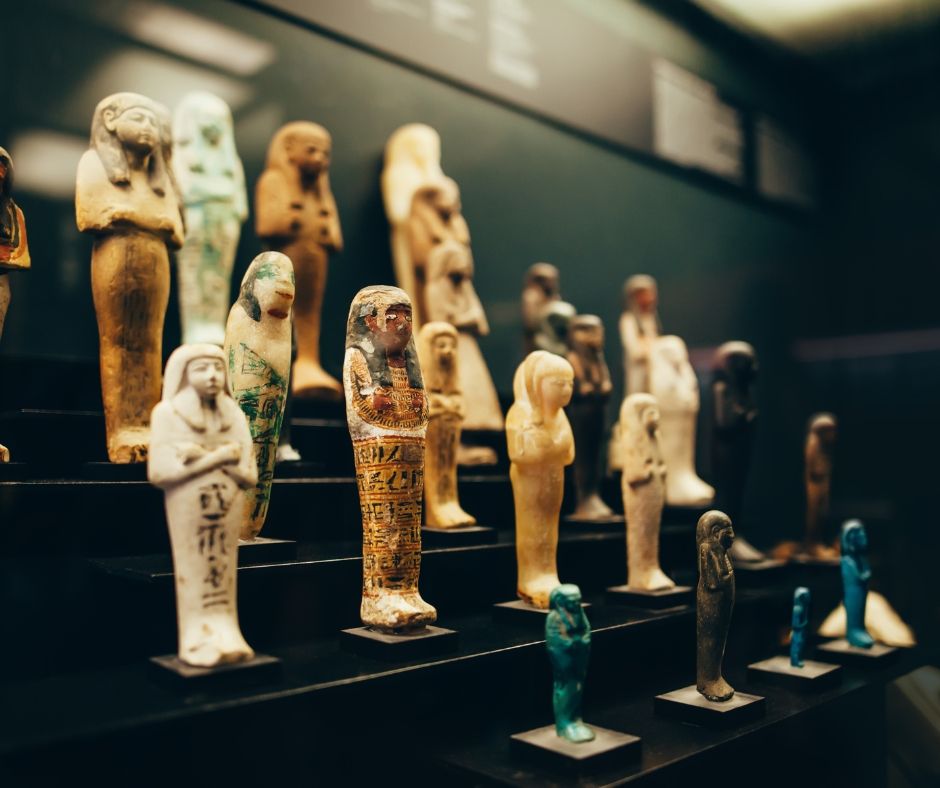
Unraveling the mysteries of Tut’s death
The enigmatic demise of Tut has spurred considerable speculation and scrutiny by experts endeavoring to unveil the mysteries enveloping his premature passing.
One proposed explanation posits that Tutankhamun’s demise arose from a mishap involving a chariot, evident in the mummified remains displaying various fractures. It is surmised that a grave injury during hunting or physical pursuits may have precipitated his eventual end. Nevertheless, some academics contend that the nature of his injuries does not definitively correspond with a chariot mishap, prompting further investigation.
An alternative fascinating conjecture is the possibility of foul play contributing to Tutankhamun’s fate. Certain historians posit the notion of regicide, potentially involving a power struggle within the palace. This hypothesis gains credence from the hasty preparation of Tut’s tomb, implying an abrupt and unanticipated demise. The discovery of a minuscule skull aperture engenders speculation regarding a fatal blow, though the precise cause remains under ongoing scrutiny.
The application of contemporary technology has afforded researchers deeper exploration into the circumstances shrouding Tut’s expiration. In 2005, a group of forensic specialists undertook a CT scan of his mummy, revealing additional insights into his well-being and potential causes of death. The results uncovered Tutankhamun’s afflictions, including a fractured leg, a malformed foot, and a severe infection. These chronic conditions may have compromised his immune system, heightening vulnerability to premature mortality.
While the precise details encompassing Tutankhamun’s passing persist in confounding experts, the enigma encircling his demise further enhances the mystique surrounding his sepulcher and its extraordinary contents.
Pharaohs’ curse: Truth or myth?
The captivating folklore of the pharaohs’ curse has entranced people worldwide for many years. Legend has it that those who disturb the final resting place of an ancient Egyptian ruler will face misfortune, sickness, or even death.
But is this curse a product of exaggerated tales and Hollywood films, or does it hold any truth?
The inception of the curse can be linked back to the unveiling of King Tutankhamun’s tomb. After the tomb’s discovery, a series of fatalities struck various members of the expedition team, including Carter’s benefactor, Lord Carnarvon, casting suspicion on the unleashed curse.
Yet, skeptics propose that these deaths could be ascribed to natural causes, such as infections and accidents, rather than supernatural influences. They emphasize the absence of any mention of the curse in official records or inscriptions within the tomb.
Moreover, it is noteworthy that not all individuals who entered the tomb encountered misfortune. Numerous archaeologists, photographers, and journalists present during the excavation led long and thriving lives, casting doubt on the curse’s credibility.
Nevertheless, the mystique of the curse remains captivating to the public, adding an element of enigma and peril to the already riveting narrative of King Tut’s tomb. Whether real or imagined, the pharaohs’ curse persists as a captivating facet of ancient Egyptian history, stirring debates and investigations among archaeologists, historians, and enthusiasts.
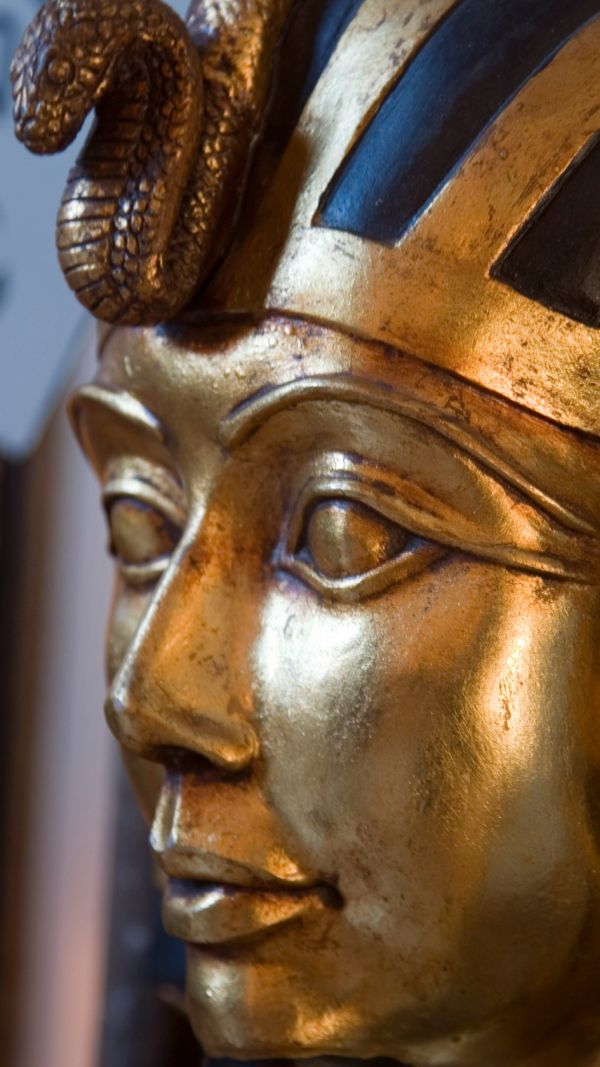
Delighting in the compelling tale of King Tut’s Tomb together with us is our sincere wish. The exploration of the mysteries enveloping this ancient repository of riches has led us through a path brimming with suspense, intrigue, and historical significance. Every aspect of the narrative, from Howard Carter’s initial unearthing of the tomb to the mesmerizing artifacts unearthed within it, has proved to be undeniably captivating. Our aspiration is that this blog entry has granted you a more profound insight and admiration for one of the most remarkable archaeological revelations in history. The enduring impact of King Tutankhamun’s legacy persists, and we feel privileged to have had the opportunity to impart his tale to you.
More from our Blog
Explore more articles about Egypt


